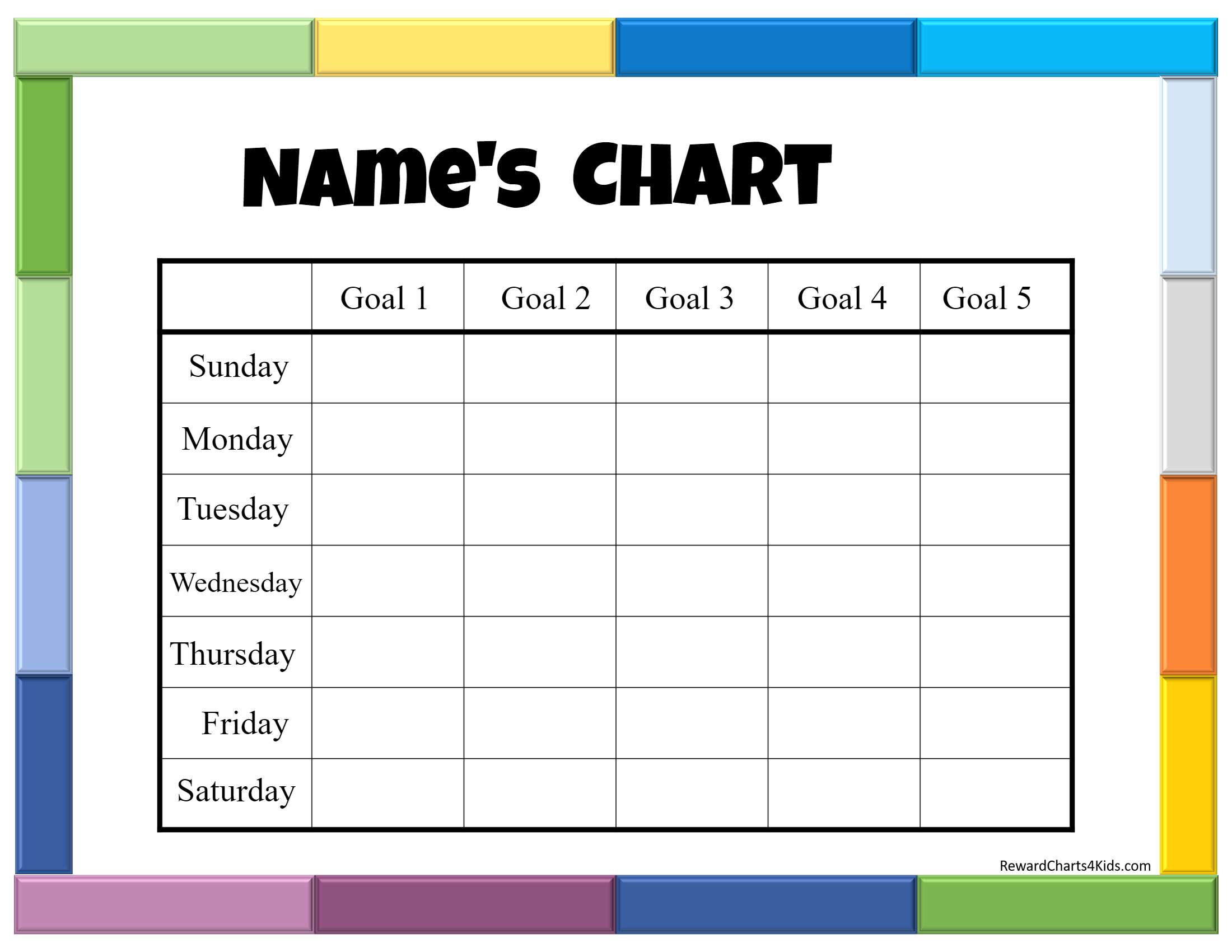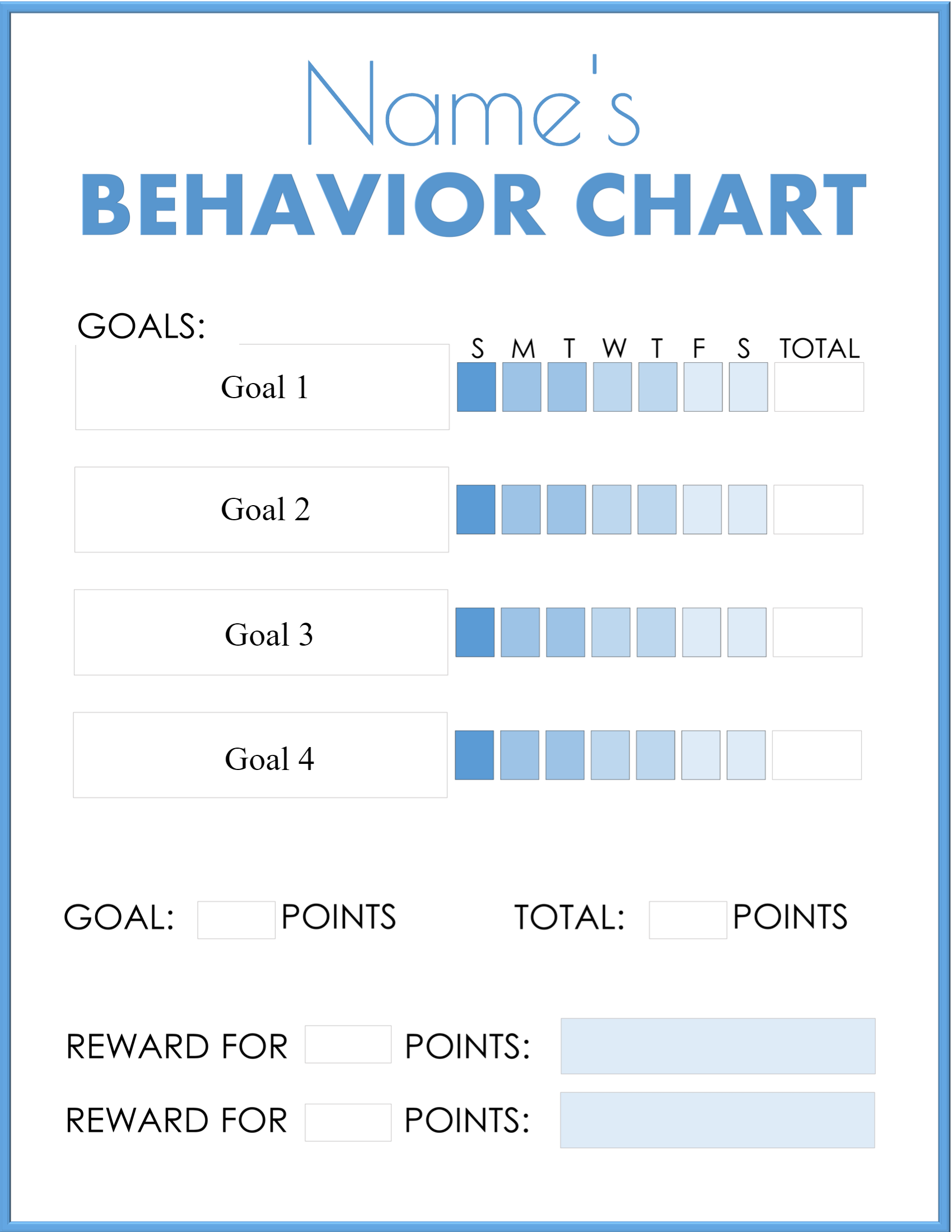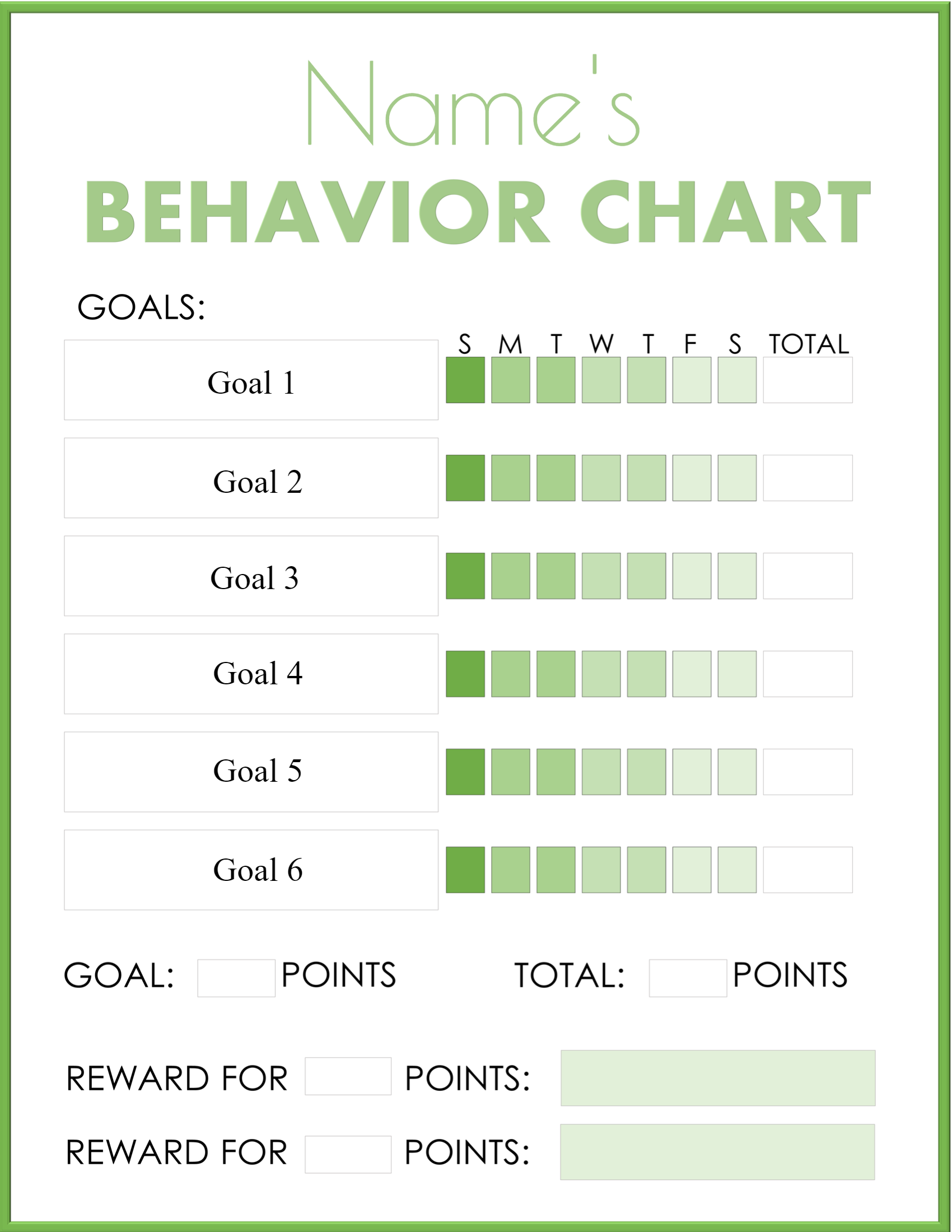Preschool Behavior Chart
The following behavior charts are great for younger kids.
Gender:
Timeframe:
Theme:
- Define the behavior you want to encourage: Choose one or two specific behaviors that you want to reinforce, such as sharing, listening, or following instructions.
- Use one of the charts above: All of the charts above have been specifically created for preschoolers and they are easy to understand. You can use pictures or stickers to represent each behavior.
- Explain the chart: Explain to your preschooler how the chart works and what they need to do to earn a sticker or a smiley face. Keep the explanation simple and use positive language.
- Set achievable goals: Set achievable goals for your child, such as earning a sticker for good behavior each day or week. Make sure the goals are realistic and age-appropriate.
- Celebrate progress: Celebrate your child’s progress and reinforce positive behavior by praising them and giving them a reward when they achieve their goals. The reward can be a small toy, a special activity, or a fun outing.
- Review and adjust the chart: Review the chart regularly with your child and adjust it as needed. As your child develops new skills and habits, you can add new behaviors to the chart.
A behavior chart should be used as a positive tool to encourage good behavior and not as a punishment for bad behavior. Praise your child for their effort, and be patient as they learn and develop new habits.































Am new at home schooling and we have 2 special needs teenagers but are at the 2nd and third grade level so i am needing all the help i can find to have them achieve their goals.